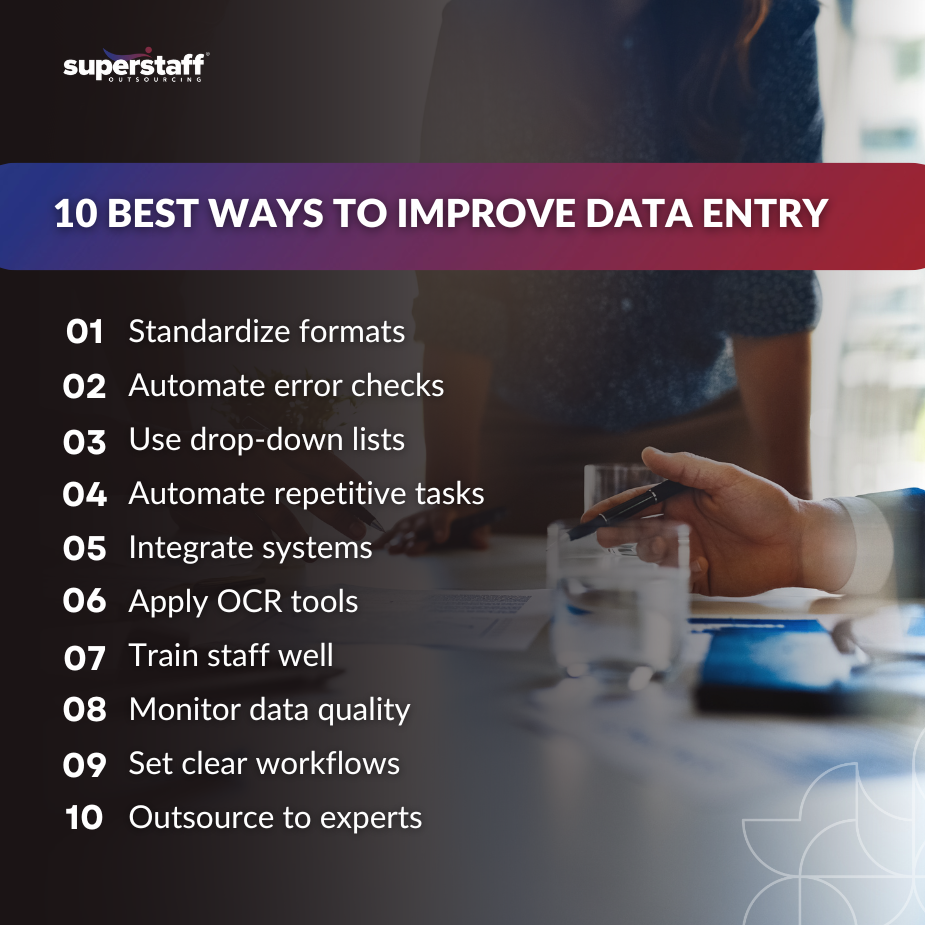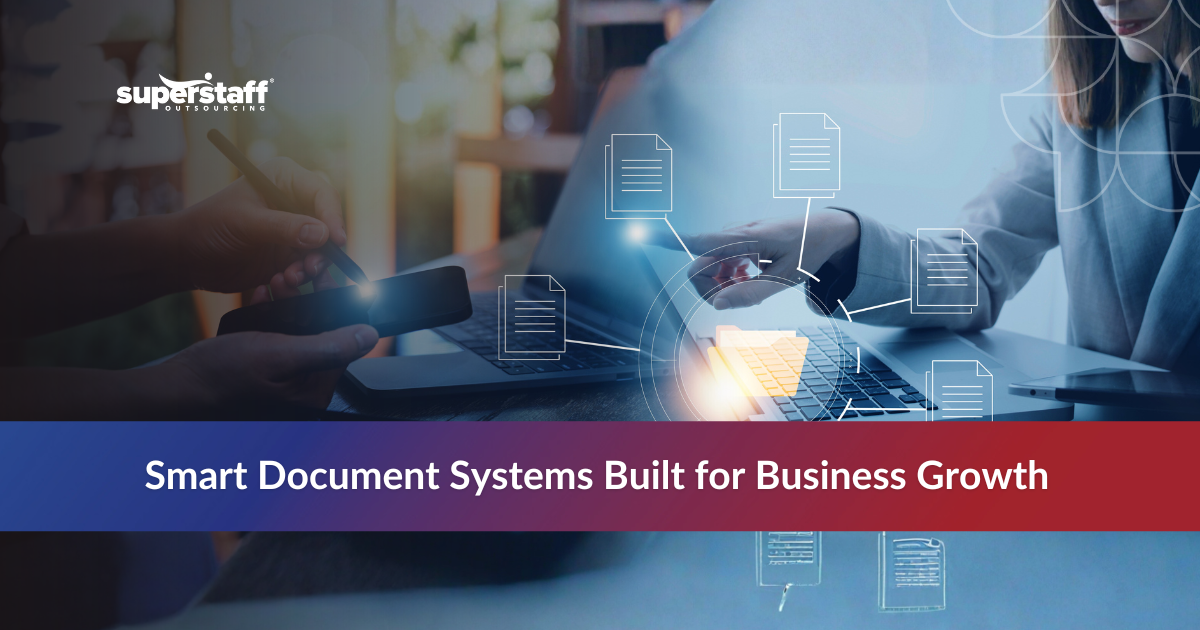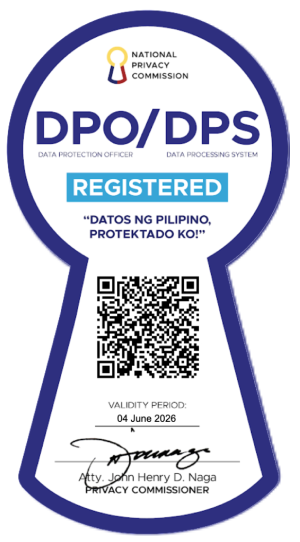
Data entry optimization is a key part of running any business, yet it often gets overlooked. When done well, it ensures that important information is accurate and easy to access. This helps teams work better and avoid costly errors. Small businesses especially benefit from clean, organized data because it supports faster decision-making and smoother daily operations.
Simple methods like setting clear rules for how data should be entered help reduce confusion. Using tools such as drop-down menus or templates guides staff to enter consistent and reliable information. These practices not only cut down mistakes but also make data easier to manage and analyze later on.
Beyond improving data entry itself, automation can handle repetitive tasks and flag errors instantly. Connecting different software systems also eliminates the need to input the same data more than once. For businesses facing heavy workloads, outsourcing data entry tasks to experts is another way to ensure accurate and timely data. Together, these smart steps help businesses save time and operate more efficiently.

1. Standardize Input and Formats
Using the same format for all data entries keeps everything clean and reduces confusion. Businesses should define standard formats for common fields like dates, phone numbers, and addresses. For example, always using MM/DD/YYYY for dates prevents mix-ups when sharing data between teams or systems.
According to a study, poor data quality costs the U.S. economy around $3.1 trillion annually, largely due to inconsistent or incorrect data entry. Creating templates or forms also helps guide data entry staff. When the layout is clear, people are less likely to skip fields or enter the wrong kind of data. Staff should be trained on these standards so everyone follows the same rules. With consistency, your data becomes easier to process, analyze, and store.
2. Automate Error Checking and Validation
Adding automation to your process helps catch mistakes as they happen. Data entry automation solutions can include checks for missing fields, wrong formats, or values that don’t match expected criteria. For example, a phone number field can require 10 digits, and a birthdate field can flag unrealistic entries like future dates.
Setting rules like these helps maintain data quality without requiring manual reviews for every record. When questionable data is found, the system can alert a supervisor or pause the entry until it’s corrected. This saves time and avoids problems later when reports are generated or customer records are used.
3. Reduce Manual Entry with Drop-Down Menus and Selection Lists
Replacing free-text boxes with drop-down lists helps prevent typos and makes reporting easier. For fields like product categories, departments, or regions, giving users a set of options ensures that everyone uses the same terms. This improves data entry optimization by reducing variation and speeding up the process.
4. Automate Repetitive Data Tasks
Some data tasks don’t need to be done manually at all. Scripts and software tools can handle jobs like importing data from files, updating records, or formatting columns. Automating these tasks supports better data entry optimization by eliminating copy-paste errors and freeing up staff for more important work.
5. Integrate Systems to Avoid Duplicate Entry
When different systems don’t talk to each other, staff often have to enter the same data multiple times. This increases the chance of errors and slows down the process. By integrating systems, businesses can ensure smoother data entry optimization across platforms like CRMs, ERPs, and accounting tools.
6. Use OCR for Paper-Based Data
Not all data comes in digital form. Paper invoices, forms, and receipts are still common in many industries. Optical Character Recognition (OCR) software can scan these documents and turn them into editable data. This improves data entry optimization by reducing manual typing and speeding up processing.
7. Provide Clear Staff Training
Even the best tools won’t help if staff don’t know how to use them correctly. Training is essential for keeping data entry accurate and efficient. This includes teaching employees how to use software, follow formatting rules, and avoid common mistakes. Strong training supports long-term data entry optimization.
8. Monitor and Analyze Data Quality
Businesses should regularly check their data for errors and gaps. Running reports on error rates, duplicate entries, or missing fields helps spot where problems are happening. Analyzing trends over time improves decision-making and supports data entry optimization by helping teams make targeted improvements.
9. Define Structured Workflow Processes
A clear process makes data entry faster and more consistent. Businesses should map out each step in the data entry workflow, including who is responsible for each part and how handoffs are handled. Structured workflows contribute to better data entry optimization by reducing confusion and standardizing practices.
10. Consider Outsourcing to Specialists
Some businesses find it more efficient to outsource their data entry to experts. Outsourced providers often use advanced data entry automation solutions and tested workflows that deliver faster and more accurate results. They also help manage high volumes of data during busy periods. This is one of the top 10 data entry optimization strategies for small businesses that want to scale without hiring more staff.
Improve Accuracy and Efficiency With Better Processes
Good data leads to better business decisions. When your systems are clean, organized, and well-managed, everything runs more smoothly. Whether you’re a startup or a growing team, data entry optimization can help reduce errors, lower costs, and save time.
By using the Top 10 data entry optimization strategies for small businesses, you can make meaningful changes without expensive tools or complicated systems. From setting clear standards to exploring data entry automation solutions, the steps are practical and easy to apply.
If your team is spending too much time on data tasks or struggling with mistakes, SuperStaff can help. Our skilled professionals support businesses through accurate, fast, and reliable services tailored to your workflow.
Let us support your growth with smart, scalable solutions that focus on data entry optimization. Contact us today to learn how we can make your processes better, cleaner, and more efficient.






